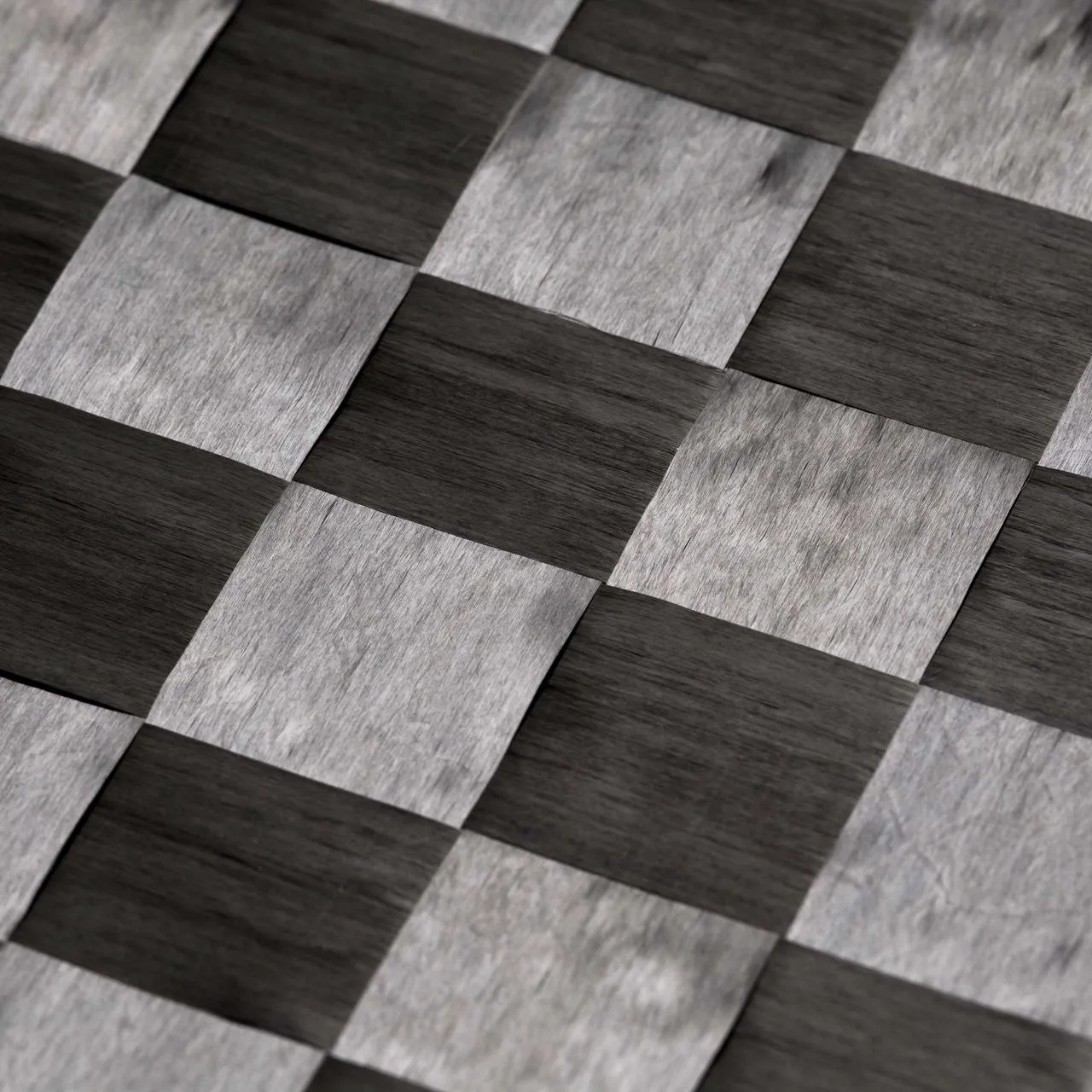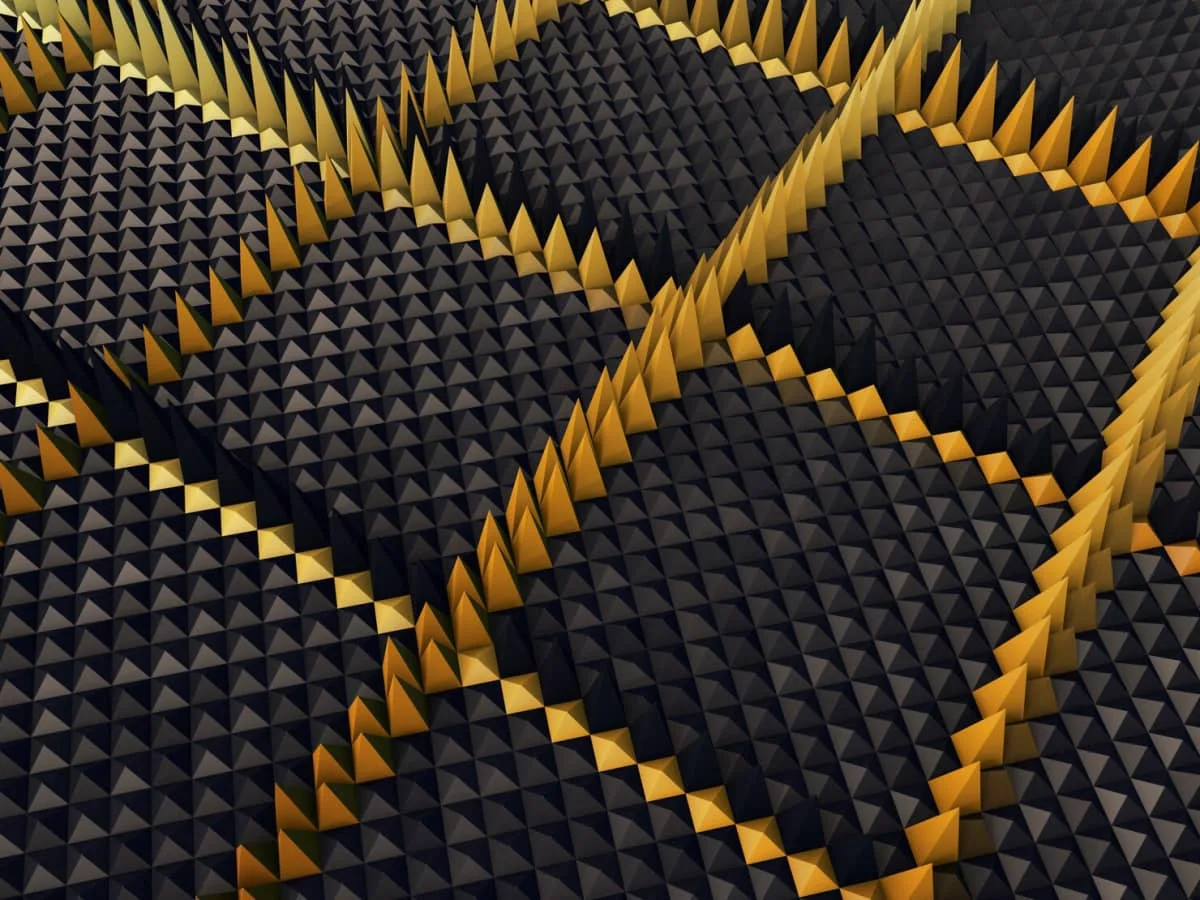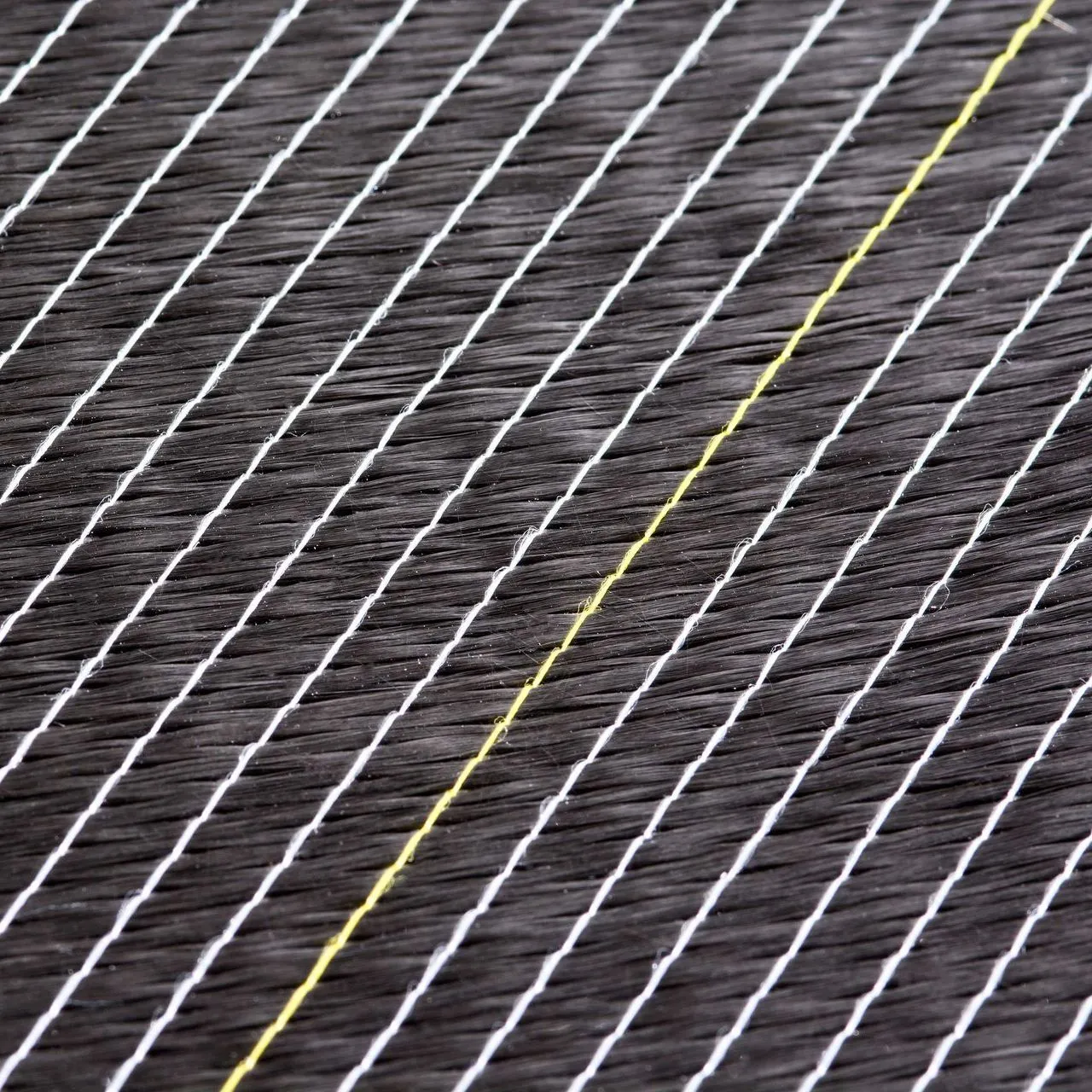Woven fabrics are textiles created by interlacing two sets of yarns or threads at right angles to each other. The basic components of woven fabric include the warp (the yarns that run lengthwise) and the weft (the yarns that run crosswise). This interlacing structure provides woven fabrics with unique properties such as strength, durability, and the ability to hold shape.
Characteristics of Woven Fabrics
- Variety of Textures: Woven fabrics can exhibit various textures, depending on the type of weave (such as plain, twill, or satin) used in the manufacturing process.
- Strength and Durability: Woven fabrics are typically stronger than knitted materials due to their tight structure, making them ideal for many applications.
- Breathability: Many woven fabrics, especially those made from natural fibers like cotton or linen, offer good breathability, which is essential for clothing and upholstery.
- Design Versatility: Woven fabrics can be produced in a wide range of patterns and colors, providing flexibility for designers and manufacturers.
Applications of Woven Fabrics
Woven fabrics are used in various industries, including:
- Apparel: Common in shirts, trousers, dresses, and outerwear, woven fabrics are popular due to their ability to maintain shape and provide comfort.
- Home Textiles: Woven fabrics are widely used for curtains, upholstery, table linens, and bed linens, offering style and functionality in home décor.
- Industrial Use: High-performance woven fabrics are utilized in technical applications such as automotive interiors, geotextiles, and protective clothing.
- Footwear: Many types of shoes, particularly dress shoes and sports footwear, incorporate woven fabrics for their strength and aesthetics.
- Medical Textiles: Certain woven fabrics are used in the medical field for items such as surgical gowns, drapes, and bandages due to their sterilization capabilities and durability.
Conclusion
Woven fabrics serve as a fundamental component in both everyday living and specialized applications. Their versatility in design and performance makes them an essential material in the textile industry. Whether in fashion, home furnishing, or industrial settings, woven fabrics continue to play a critical role in enhancing functionality and aesthetics in various products.





